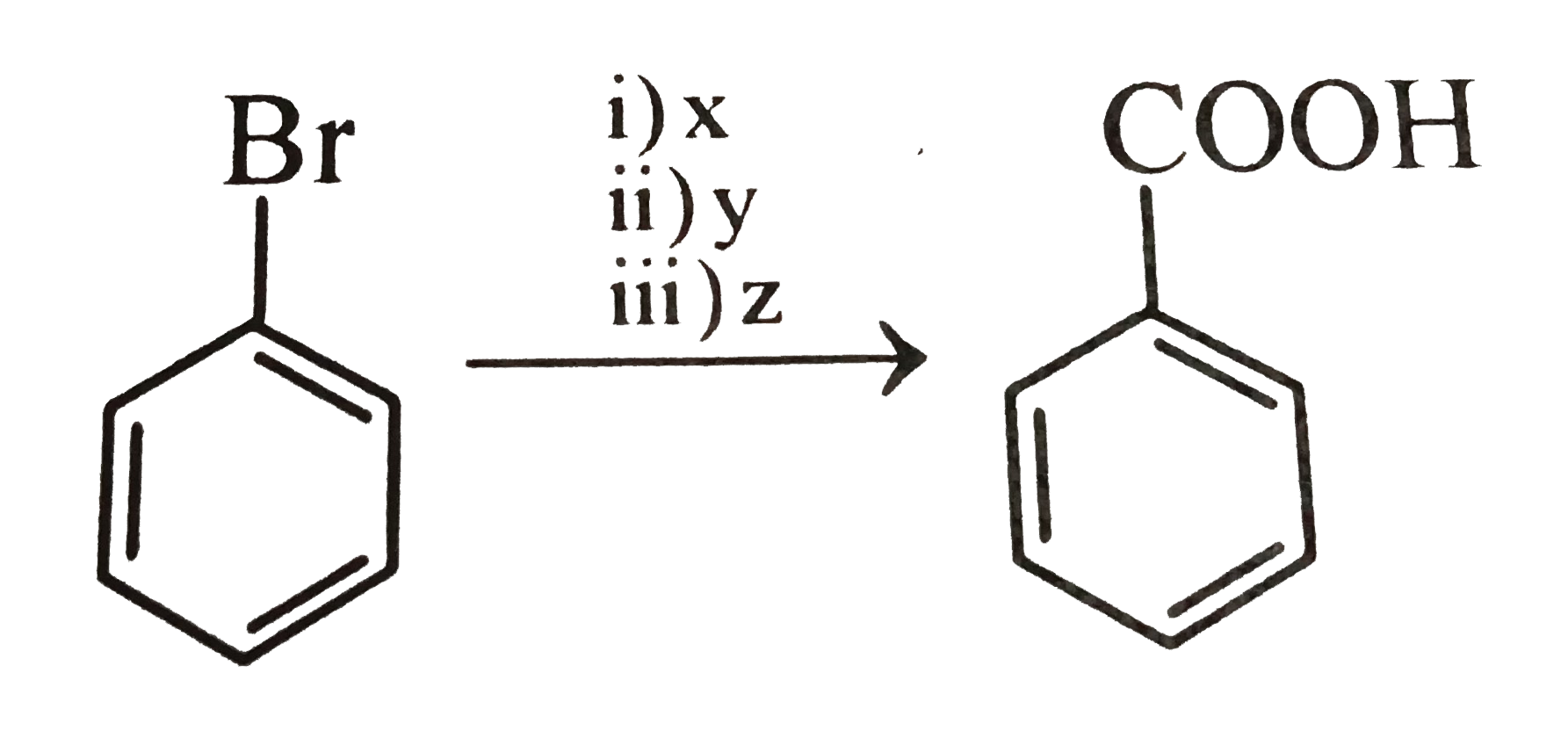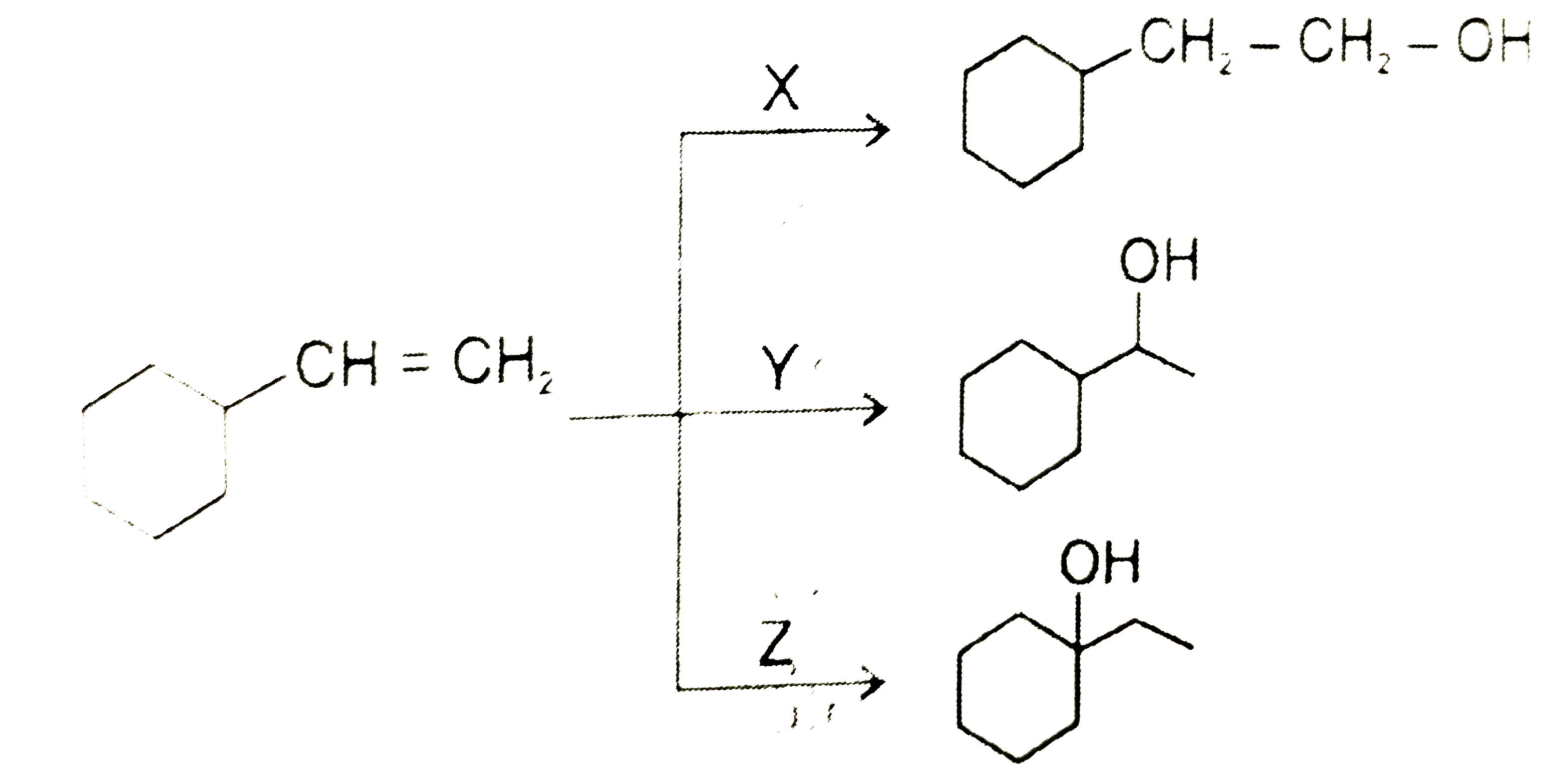Reaction' between X and Y, forms compound Z. X loses electron and Y gains electron. Which of the following properties is not shown by Z?
A
Has high melting point
B
Has low melting point
C
Conducts electricity in molten state
D
Occurs as solid
Video Solution
Text Solution
The correct Answer is:B
Z is an ionic compound. Therefore, it is not expected to have low melting point.
|
Topper's Solved these Questions
- METALS AND NON-METALSBOOK - DINESH PUBLICATIONCHAPTER - METALS AND NON-METALSEXERCISE - HOTS
7 Videos
- CHEMICAL REACTIONS AND EQUATIONS BOOK - DINESH PUBLICATIONCHAPTER - CHEMICAL REACTIONS AND EQUATIONS EXERCISE - Multiple Choice Questions
18 Videos
- PERIODIC CLASSIFICATION OF ELEMENTSBOOK - DINESH PUBLICATIONCHAPTER - PERIODIC CLASSIFICATION OF ELEMENTSEXERCISE - PBQs
28 Videos
Similar Questions
Knowledge Check
Element X reacts with element Y to form a compound Z, during the formation of compound Z, atoms of X lose one electron each whereas atoms of Y gain one electron each. Which of the following property is not shown by compound Z ?
Ahigh melting pointBlow melting pointCoccurrence as solidDconduction of electricity in molten stateX, Y and Z are three consecutive elements. X on addition of one electron and Y on addition of two electrons become isoelectronic with element Z.
Element Y will have following property:AAtomic number of Y is higher than atomic number of Z.BAtomic number of Y is higher than atomic number of X.CElement Y is placed in periodic table at left side of element X if both are in same period.DNone of theseX, Y and Z are three consecutive elements. X on addition of one electron and Y on addition of two electrons become isoelectronic with element Z.
Element Y will have following property:AAtomic number of Y is higher than atomic number of Z.BAtomic number of Y is higher than atomic number of X.CElement Y is placed in periodic table at left side of element X if both are in same period.DNone of these
If x+y+z=0, then (x+y)(y+z)(z+x) is equal to which of the following:
View SolutionQuestions given below are based on electronic configurations of the elements. The three elements X,Y and Z with the electronic configuration shown below all form hydrides:

Which of the following exists as gas ?
View SolutionIn the reaction

x,y and z are
View SolutionAn element 'X' (Z=12) combines with element 'Y' (Z=17) to form an electrovalently bonded compound. Which of the following is FALSE for the formed compound?
View Solution
X,Y and Z reaction are :
View Solution

